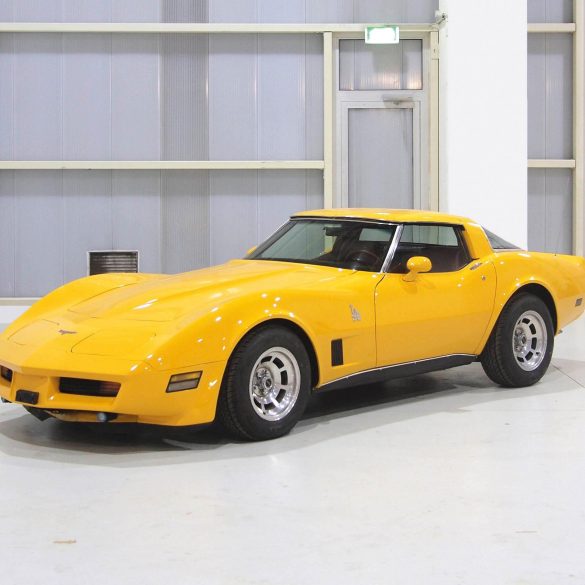1980 C3 Chevrolet Corvette Model Guide
History, Specifications, VIN, Options, Performance, & More
In-Depth Guide / Special Models / Videos & Pics / Technical Research / Colors / Engines / The Market / Latest
The arrival of the 1980 Chevy Corvette came on the heels of another fuel crisis that had impacted the American automotive market – and, more generally, the national economy – as a whole. Much like the fuel crisis of the early seventies, when the 1973 Arab Oil Embargo had cutoff petroleum exports to many parts of the world, a second energy crisis had emerged after the Shah of Iran was overthrown during a revolution that had occurred in that country – and the results were nearly the same.
Just as OPEC (Organization of Petroleum Exporting Countries) had caused dramatic increases in the cost of fuel exports, the dissent and fallout from Iran’s political upheaval had caused similar price increases. The United States, in response to the 1973 OPEC embargo on petroleum, had enacted CAFE (Corporate Average Fuel Economy). CAFE had aimed to improve the average fuel economy of cars and light trucks sold throughout the U.S. Now, given the continued upheaval in the Middle East and the resulting increase to petroleum prices, new CAFE standards were being implemented. This meant the Corvette would have to be put on a “diet” if it was to continue being a viable production vehicle.
In response to the CAFE mandate, Chevrolet decided that the first-stage of trimming back the Corvette would mean the elimination of some 250 pounds from the current design. Engineers considered every option to lighten the car’s structure while trying to maintain its structural integrity.

Get all the latest news stories, upcoming auctions, prices, videos and more about the 1980 Chevrolet Corvette! The latest headlines here.